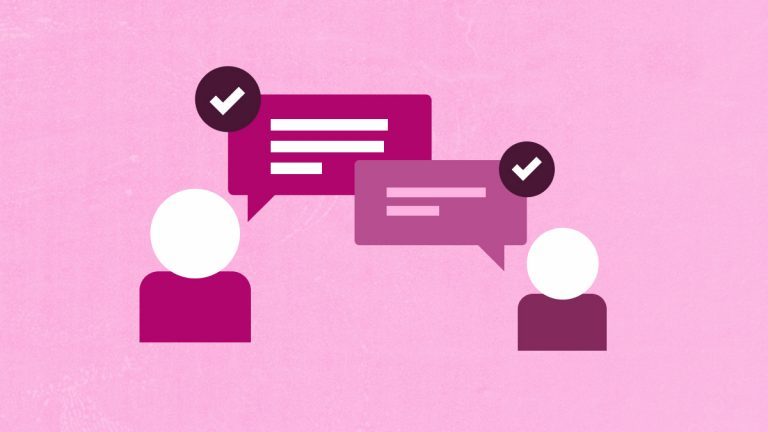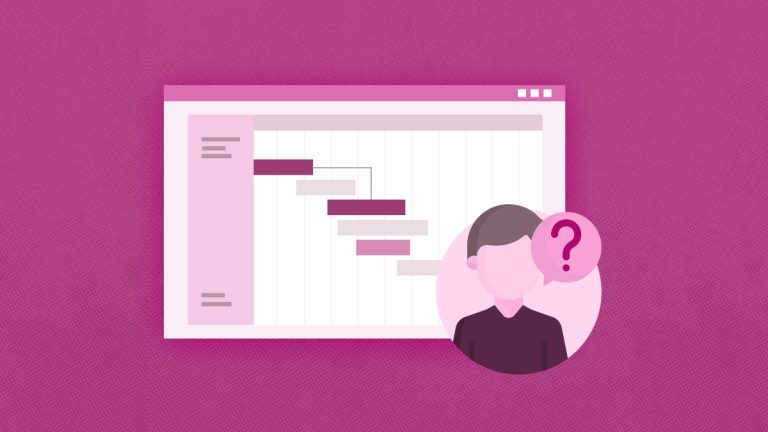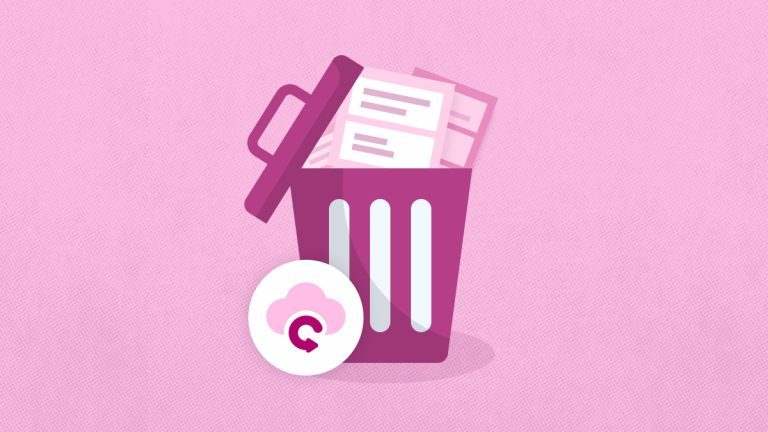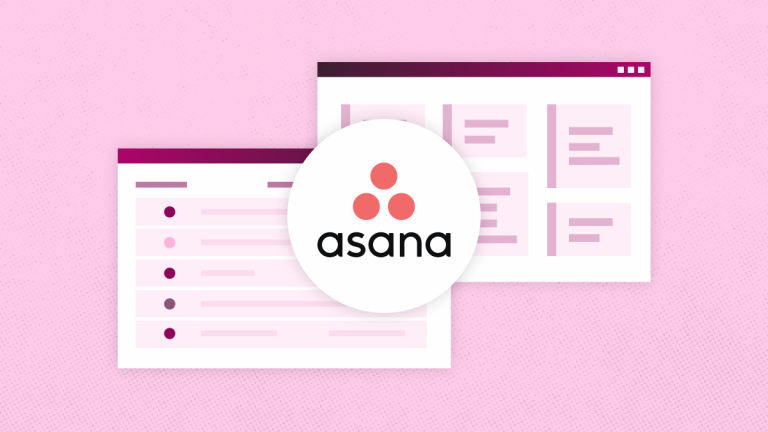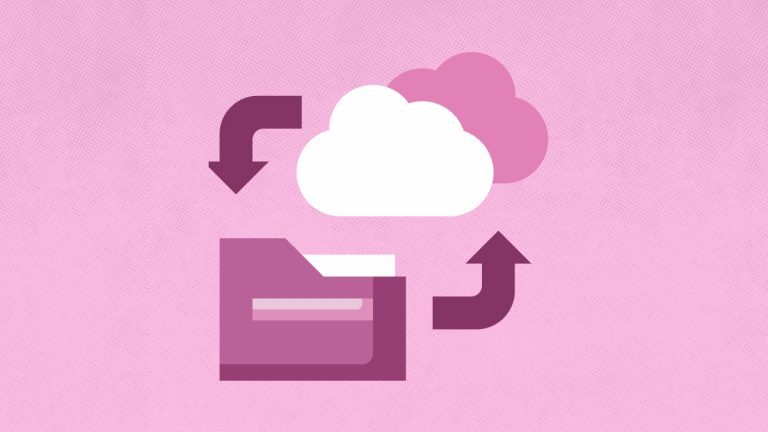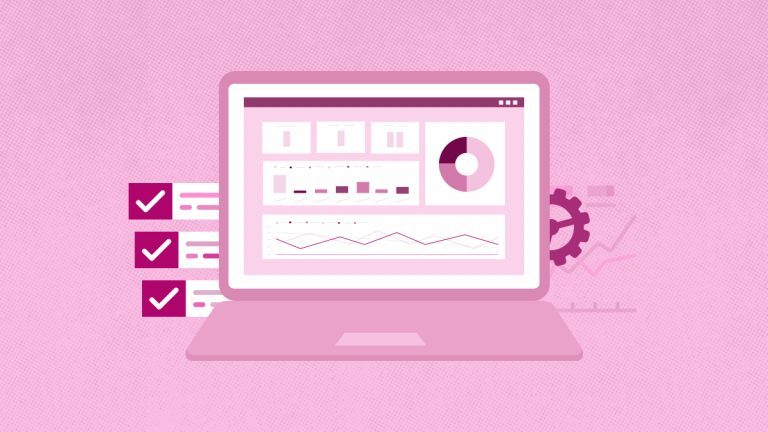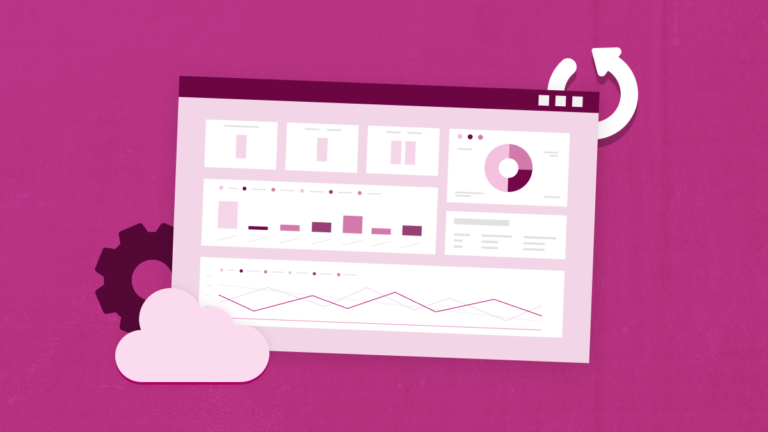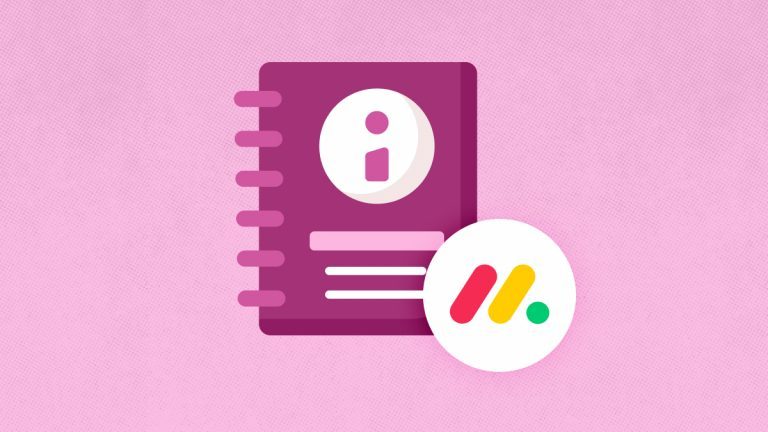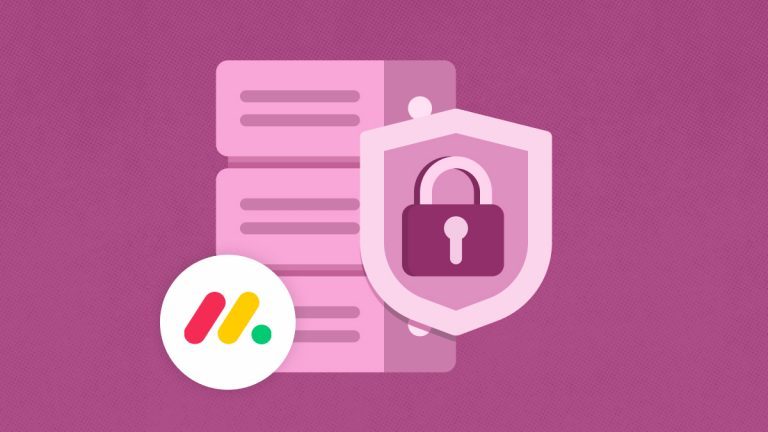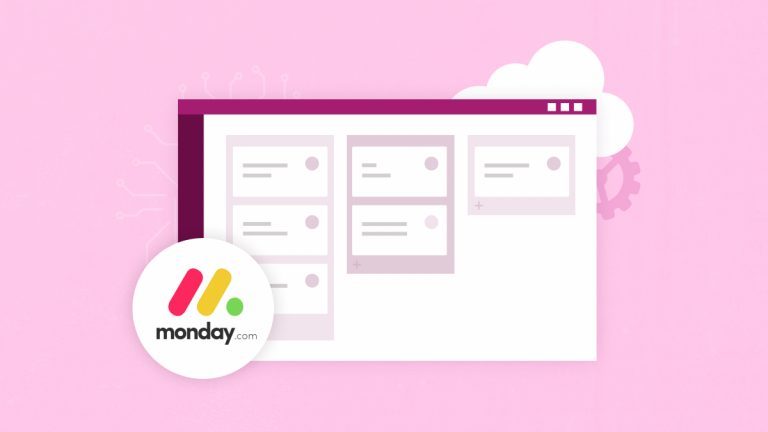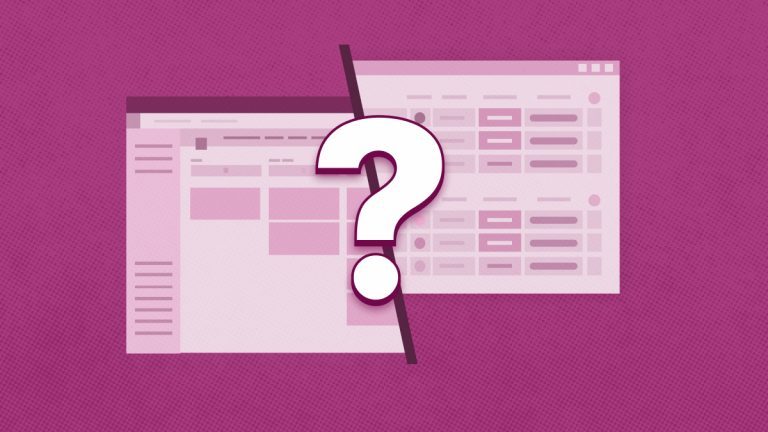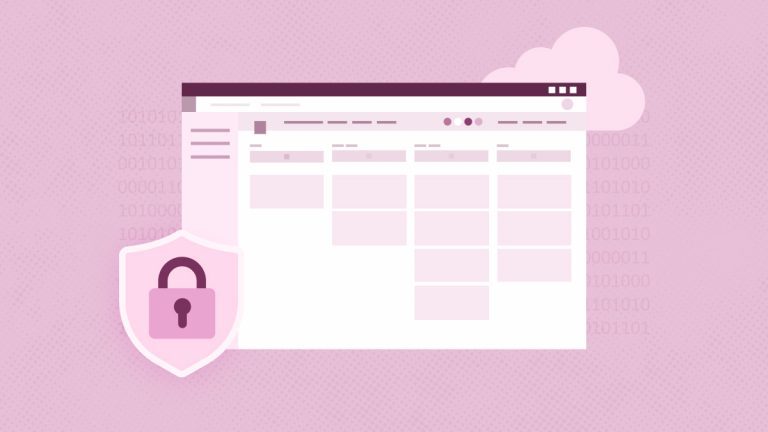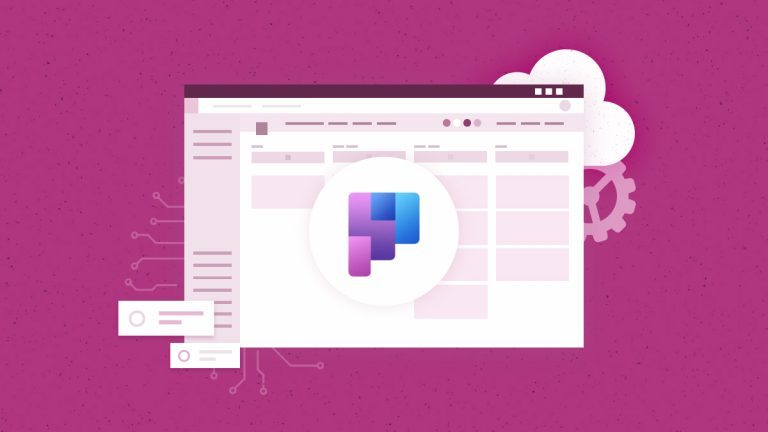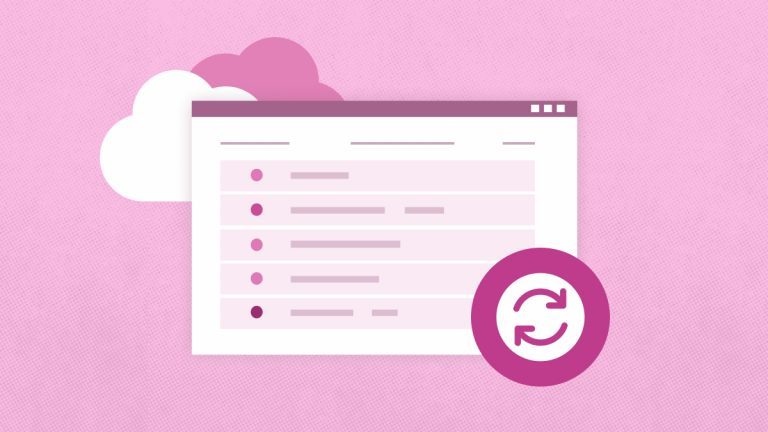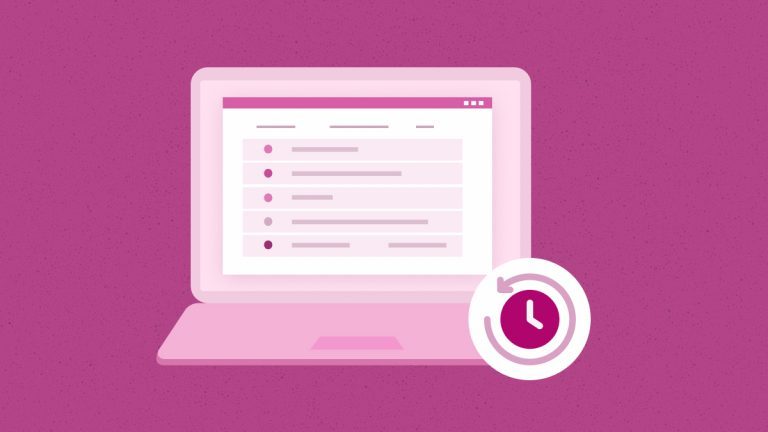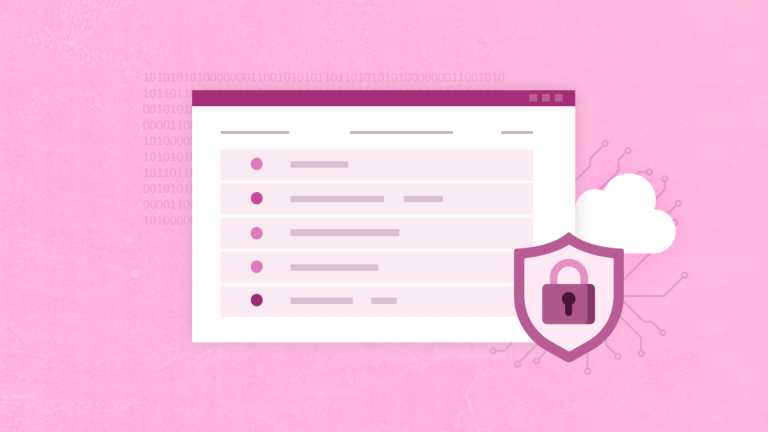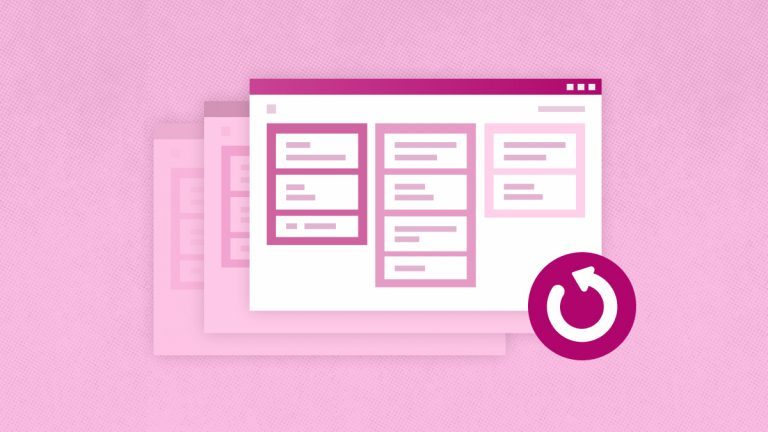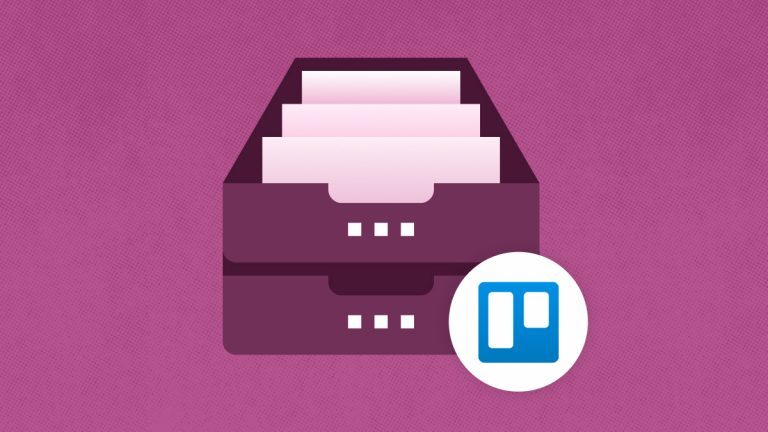
Elena Humeniuk
PPM Consultant
Communication is what makes or breaks a workplace. Whether there is a need to align a team on delivery dates or explain a tricky project status, the quality of our connectivity with each other has a direct impact on outcomes. This article discusses 12 practical ways to ensure effective communication in the workplace, drawing on real-life experience. Studies reveal that organizations with effective workplace communication have better productivity, increased engagement, and reduced conflicts. At the same time, miscommunication leads to delays, loss of time in replicating activities, and a frustrated team, which also results in costing organizations millions of dollars annually. Individuals work more effectively when they understand both what to do and why they should do it. To communicate effectively in the workplace, you need to combine active listening with clear, concise messaging that respects everyone’s time. Suppose you find yourself in a profession where effective communication is crucial, yet you struggle to navigate numerous meetings or decipher unclear emails. In that case, the following tips will help you develop habits that make every interaction count.
-
Understand What Makes Good Communication in the Workplace
Identify what success means to you before enhancing your communication skills. Effective communication in the workplace does not merely involve talking more or sending more emails. It is about ensuring that what you say is what is being heard and understood. It covers work communication of every kind, including:
- Meeting updates
- Memos, briefs, and reports
- Non-verbal communication, such as posture, tone, and facial expressions.
Scenario: A team lead sends out an email with a 10-page report, leaving the recipients confused about what to do next. This is an example of a communication breakdown. A better approach would be to replace it with a one-page summary and three action points. That is a perfect example of effective communication in the workplace.
-
Listen Before You Talk
Effective communication is based on listening, rather than talking. Teams that communicate effectively in the workplace make room to hear others out and avoid interrupting people in the middle of a sentence. To be an active listener:
- Pay full attention, no multitasking.
- Use short affirmations like “Right” or “I get you.”
Scenario: When conducting a product review, rather than rejecting an issue, a manager restates the issue to clarify it.
It is an easy measure that will assure the speaker that he/she is heard, which is an introduction to better collaboration.
Bonus tip: During video conferences, take a conscious pause after someone has spoken to prompt additional questions or clarification, particularly when there is mild audio lag.
-
Keep It Simple and Meaningful
Complicated language does not make you sound smart; it makes your point difficult to comprehend. One of the most effective communication strategies in the workplace is stripping away the unnecessary.
Ways to keep it sharp:
- Write in ordinary language.
- Cover each point in a sentence.
- Avoid long backstories when it is not necessary to provide critical context.
Example: Rather than saying, “We might like to look at revising our resource allocation plan,” you can say, “We must shift two team members to work on Project B.” It is quicker and more understandable.
Minor tip: If your email requires a phone browser to scroll more than two times, consider dividing it into two separate messages.
-
Adjust to the People You Speak With
Information is processed differently by various individuals. Adjusting your style to suit your audience is a key component of effective communication best practices in the workplace. In simple words, communicating professionally means being respectful in tone.
You may work with:
- Colleagues who are data-oriented and enjoy working with charts and figures.
- Thinkers with big pictures who like to use stories and visuals.
- Employees who are detail-oriented and love breakdowns.
Examples: The leadership team may have an executive summary of two pages; the operations plan could be 15 pages, including full instructions for frontline staff.
Bonus tip: Listen to your audience when you are uncertain about how they prefer to receive updates, and it will help demonstrate courtesy and foster better understanding.
-
Encourage Openness
Transparency is not nice to have; it is the driver of trust. With open communication, individuals are also open to bringing up ideas and reporting issues before they escalate.
How to create openness:
- Discuss the logic behind decisions, not only the outcome.
- Welcome questions, including difficult ones.
- Do not get defensive when responding to feedback.
Real-life note: Many examples of effective communication in the workplace involve leaders who say, “I don’t have the answer yet. What do you think?” That weakness is the best source of improved solutions.
Bonus tip: Conduct anonymous surveys periodically to gather candid views that individuals might not share when asked in person.
-
IT Information Flow Planning
In the absence of a plan, information may be lost or duplicated. A well-structured communication plan ensures the right people get the right updates at the right time.
A project may include:
- Emails with weekly bulletins.
- Live notifications on the common chat.
- Monthly town halls on firm-wide issues.
Bonus tip: Maintain a single source of truth document or dashboard so that the entire team knows where to look for the latest version of crucial information.
-
Tailor the Message to the Medium
Communication does not have a single size that fits all. Choosing the right channel is one of the most overlooked communication techniques in the workplace.
Generally speaking:
- For delicate or complicated matters, conduct a face-to-face or a video chat.
- When there is a need for quick reminders, send an instant message or a short email.
- In the case of formal policies, write and save them in a centralized repository.
Example: Announcing a restructuring in an informal group chat is the wrong signal. A Q&A meeting demonstrates that you appreciate the significance of the topic.
Bonus tip: Whenever there is the possibility of misunderstanding a message in terms of tone or emotional emphasis in writing, do it verbally.
-
Dismantle Silos
Silos create frustration and delay between departments. Breaking them down helps you communicate effectively in the workplace and keep everyone moving toward the same goal.
You can:
- Conduct inter-departmental meetings.
- Publish dashboards with group performance.
- Rotate team workers to develop more knowledge.
Bonus tip: Celebrate your shared achievements publicly to demonstrate the value of collaboration to others.
-
Identify and Eliminate Communication Blockers
Barriers can be cultural, logistical, or interpersonal, and they quietly erode effective communication at work.
Some common barriers include:
- Overuse of jargon that will be confusing to outsiders.
- Failing to consider time differences when collaborating with international colleagues.
- Allowing personal tensions to creep into work relations.
Another tip: When communication is a persistent problem, set aside a brief chat to discuss the source of the issue, and then allow normal work processes to resume.
-
Feedback As a Habit
Feedback cannot be an event that occurs once a year; it is an everyday communication best practice in the working environment. One practical step to becoming a better communicator at work is to seek regular feedback on your communication style and adjust it based on the responses you receive.
Powerful feedback is:
- Timely: Shortly after the event.
- Specific: “Add two case studies” is better than “Improve this.”
- Positive: Building on what is working and what must be corrected.
Additional tip: Schedule regular check-ins on feedback to help employees anticipate and welcome it, rather than dread the process.
-
Practice to Become Better
Communication is like a muscle; use it and build it. Practicing is key if you want to become a better communicator at work.
Here is a drill:
- Each individual will talk for two minutes.
- The listener repeats the key points.
- The speaker confirms and/or corrects.
Bonus tip: Video-record presentations and watch them to identify bad habits such as filler language, halting in certain spots, or inarticulate word choice.
-
Set the Example with Professionalism
Your professionalism influences the reception of your message. To communicate professionally, maintain a respectful tone, reply promptly, and follow through on promises.
Practical touches:
- Start all emails with a warm greeting.
- Avoid sending late-night messages unless the topic is truly important.
- Publicly commend good work.
Bonus tip: Even during times of stress, maintain your composure since you often communicate more with your tone than with your words.
Quick Reference Table
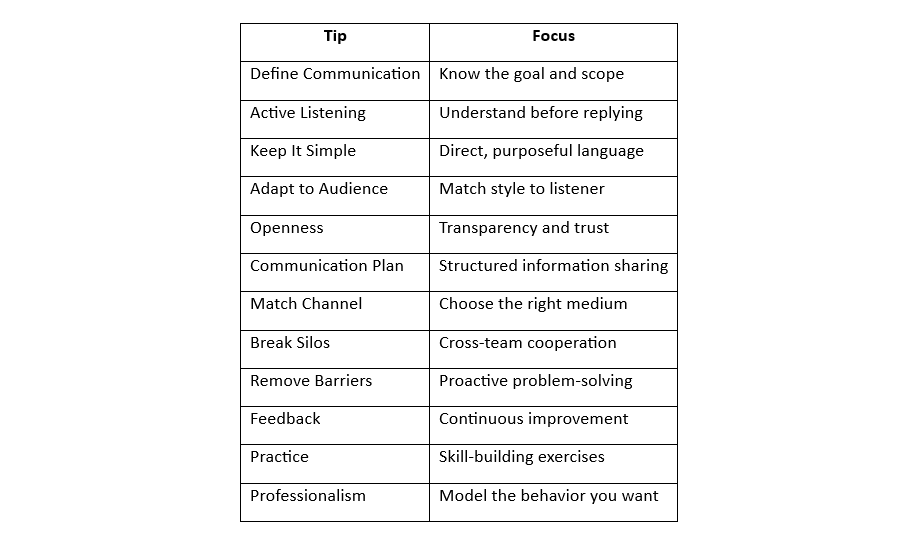
Conclusion
Many people ask, What is effective communication in the workplace? The answer is straightforward: It is the ability to convey or share ideas in a way that others not only understand but also feel motivated to act upon. Learning how to communicate effectively at work is an ongoing effort. General communication challenges at work can be addressed by employing the previously detailed strategies. This also demonstrates that there are no quick fixes, but instead building blocks for long-term success.
When these workable communication strategies are implemented in the workplace, you will find minimal misunderstandings, quicker decision-making, and greater connection among teams. Plus, the real advantage is that when you make communication a habit, it will no longer feel like a special assignment. That is simply how the team works.
To implement best practices based on successful workplace communication examples, start with something small. This can be achieved by selecting one or two strategies and implementing them consistently. In the long run, you can expect to experience the ripple effect, including improved collaboration, easier projects, and a workplace culture where each employee feels respected and motivated.
Read the article
about data backup and recovery for project management


